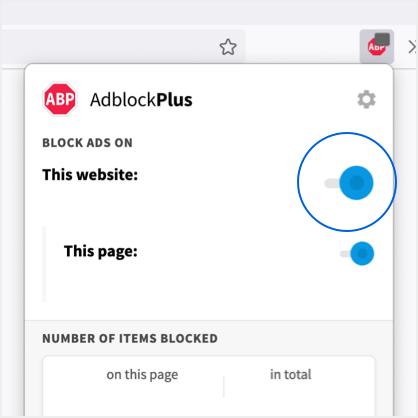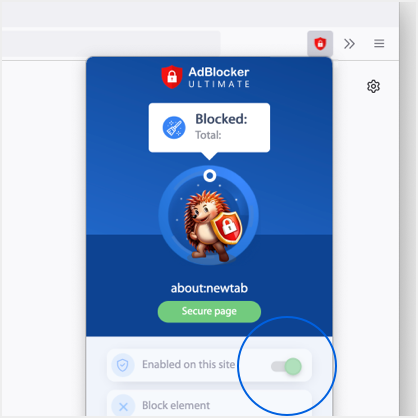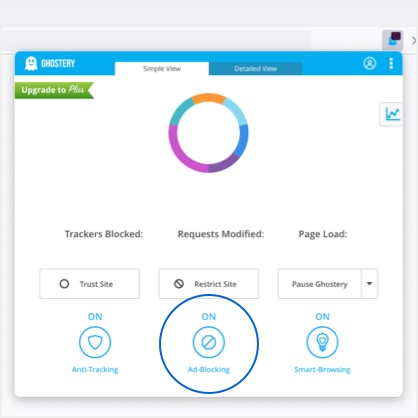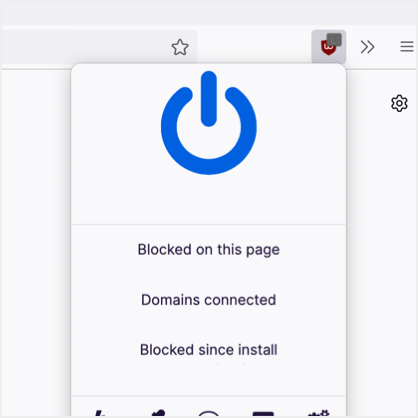
How to Bake a Simple Sourdough Loaf at Home, According to an Expert Baker
Your next quarantine activity.
As quarantine frees up our schedules for time-consuming pursuits such as cooking and home improvement, many have been taking the opportunity to experiment with baking. With social media apps, the platform of choice to show off new endeavors, you’ve likely scrolled past more than a few photos of your friends’ freshly baked bread, pastries and cookies.
Sourdough bread has proven to be the preferred baking project of many. Requiring sourdough starter and multiple days of preparation, the perennial favorite involves a bit more time and commitment than other loaves. The bread has endured long before the coronavirus pandemic, however, thanks to its simplicity — the only ingredients needed are flour, water and salt. According to award-winning food blogger and expert baker Maurizio Leo of The Perfect Loaf, “this concoction is life-sustaining, and has been a staple of humankind for thousands of years.”
If you’re looking to take the plunge and try your hand at baking, we enlisted Leo to create a beginner’s recipe for a simple sourdough loaf, featuring a deceptively easy design in the crust. If you’re looking to get creative, Leo also provided tips on how to decorate bread with your own custom motif.
Keep reading for a step-by-step guide to baking your own simple sourdough bread at home.
Equipment
- Dutch oven or combo cooker (to bake the bread in)
- Mixing bowl
- Large bowl to hold dough during first rise
- Two medium-sized bowls or proofing baskets to hold dough overnight
- Two or more kitchen towels
- Bench knife
- Razor blade or scissors to score the top of the dough before baking
- Kitchen scale
- Kitchen thermometer
- Parchment paper or cutting board
Ingredients
Note: The following recipe makes two loaves of bread. If you want to make a single loaf, divide the ingredients in half.
- Bread flour (800 grams)
- Whole wheat flour (200 grams)
- Water (765 grams)
- Sourdough starter (170 grams)
- Fine sea salt (19 grams)
Preparation
Before jumping into the recipe, you will need to make a sourdough starter, created from a mixture of flour and water. Leo describes sourdough starter as the basis for any sourdough recipe. You’ll eventually need to add a small amount of starter into your dough (more on that later). This portion of starter added to your dough is called the leaven or levain. Once added, the leaven kickstarts fermentation, a natural process whereby yeast and bacteria convert carbohydrates such as sugar and starch into alcohol and acids. “Bacteria and yeast metabolize the sugars found in the flour to create our desired byproducts: gasses, which make the bread rise, and acids, which give the bread flavor,” Leo explains.
Create your starter
A sourdough starter needs to be “fed” in order to properly mature before use. Though you can buy pre-made starter online, Leo recommends making it from scratch using 100 grams of whole grain rye flour (any kind of flour can be substituted) and 125 grams of water. (Keep in mind these measurements are not accounted for in the ingredients list above, and therefore don’t need to be divided in half if you are making only one loaf of bread.) Mix the flour and water together in a glass jar, cover it loosely and let it rest at room temperature for 24 hours.
Feed your starter
After allowing your initial mixture to rest for 24 hours, you can begin “feeding” it. Generally, bakers recommend feeding every 8-12 hours until the starter reaches ideal maturity (this can take as long as one week depending on the temperature of your kitchen). To feed it, discard about half your pre-existing starter from the jar and replenish it with the same amount of flour and water you used to begin with (for example, 100 grams of flour and 125 grams of water). When fed on a regular basis, a sourdough starter can last indefinitely.
Determine when your starter is ready
As gasses form in your starter, you’ll notice the mixture rise and fall throughout the day. You’ll know your starter is ready to use in a recipe when it “rises and falls in its jar predictably each day for a few days,” according to Leo. “It will show signs of strong, consistent fermentation: bubbles on top and the sides, a sour smell…it is important to see consistent rise and fall, as this indicates we have a stable mixture of beneficial bacteria and yeast,” he advises.
For a detailed guide to making Leo’s preferred sourdough starter, head to The Perfect Loaf.
Recipe
Day One
8 a.m.
Mix by hand all flour for the dough and 725 grams water in your mixing bowl until all dry bits are incorporated. Cover the bowl and store somewhere warm (around 75 degrees Fahrenheit) for one hour.
9 a.m.
Add your sourdough starter (170 grams), the remaining water (40 grams) and salt to the mixing bowl. Mix with your hands until everything is incorporated and the dough comes together.
9:10 a.m. to 1 p.m.
Transfer the dough to a large bowl for its first rise, also known as bulk fermentation or proofing. This step will take around four hours if the dough is kept between 75 and 80 degrees Fahrenheit.
Starting at 9:40 a.m., perform three sets of stretch and folds, spaced out by 30 minutes. For each set, uncover your dough, grab it at one side, then stretch up and over to the other side. Repeat this stretch so that you’ve folded the dough in all four directions: north, south, east and west. Essentially, you should stretch the dough in all four directions, three separate times (sets). In between sets, cover the bowl and let the dough rest. After completing your third set, let the dough rest until 4 p.m.
4 p.m.
Flour your work surface and dump the dough onto it. Use a bench knife to divide the dough into two halves. Using floured hands and the bench knife, turn each half on the counter while gently pulling the dough towards you. This turning and pulling motion will develop tension on the top of the dough, forming a round. Let both rounds rest on the counter for 30 minutes.
4:30 p.m.
Flour the top of both dough rounds and your work surface. Working with one round at a time, flip the dough over so the floured top is now facing down on the work surface. Using two floured hands, grab the bottom of the round and stretch it lightly up and over, about two-thirds of the way to the top. Grab the left and right sides of the dough and stretch them away from each other. Then fold one side over towards the other and repeat with the other side. Next, grab the top of the dough, stretch it away from your body and fold down and over, all the way to the bottom of the round. Place each round, seam-side up, in a bowl or proofing basket lined with a clean kitchen towel.
Overnight
Loosely cover both bowls or proofing baskets with plastic to prevent the dough from drying out. Place them in the refrigerator to rest overnight.
Day Two
8:30 a.m.
The easiest way to create the ideal steamy environment for baking bread in a home oven is to use a Dutch oven or combo cooker with a lid (check that it’s oven-safe). If you don’t have a Dutch oven, Leo recommends a baking stone. If you go this route, you’ll need to create humidity by placing a pan of boiling water at the bottom of your home oven when you load your dough. Preheat the oven to 450 degrees Fahrenheit and heat with your Dutch oven inside for one hour.
9:30 a.m.
Remove your dough from the refrigerator. Place a piece of parchment paper or a large cutting board over the mouth of the bowl or basket holding your dough and carefully flip the entire stack over. Use a flat razor blade or scissors to “score” the top of your loaf. Scoring is an essential step in the baking process, as it allows your loaf to expand while baking. You can easily score a custom design in the top of your bread — for this recipe, Leo created a “box score” with a delicate leaf motif. Leo finds a razor blade as opposed to a curved blade the best to use for decorative scoring.
After scoring, remove the Dutch oven and drop your dough inside. After covering it with the lid, place the Dutch oven back in your home oven and bake for 20 minutes at 450 degrees Fahrenheit. Then remove the lid and bake for 25 to 35 minutes more, until the internal temperature of the loaf is above 208 degrees Fahrenheit. Let the loaf cool least one hour on a wire rack before slicing. If you’re making two loaves, return the Dutch oven to the oven and bring it back up to 450 degrees Fahrenheit to bake the second loaf.
Sourdough is delicious eaten alone, as part of a sandwich or Leo’s favorite, as bruschetta. “Fresh tomatoes and basil, a rub of garlic, some red onions, a little good quality olive oil and balsamic vinegar — there’s nothing better,” he says.



























